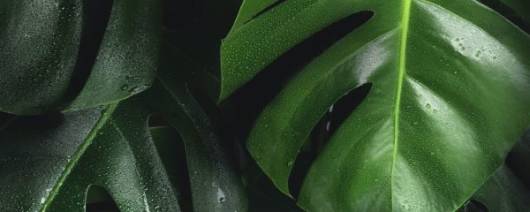
- INCI Name:Santalum Spicata Wood Oil
- Ingredient Origin:Natural Origin, Non-Animal Origin, Plant Origin
- Benefit Claims:Antimicrobial, Calming, Relaxing, Fixative
- Labeling Claims:Naturally Derived, TSE-free, Natural, CMR Substances-free, Non-Toxic, Cruelty-Free, BSE-free, Plant-Based, Not Tested on Animals, Phthalates-free, Ulta Beauty's Conscious Beauty, Not Listed In California Proposition 65, Nanomaterials-free, Non-GMO
The santalum spictatum is a tree native to semi-arid areas at the edge of Southwest Australia and it is one of four species of the family Santalaceae to occur in Western Australia. Normally a shrubby to small tree, it can grow up to 6 meters and is tolerant of drought and salt. The foliage is gray-green in color. The fruit is spherical, about 3 cm in diameter and is orange. The oil from this amazing tree is proving very popular and more commercially viable than the Indian Sandalwood. To ensure sustainable existence for the natural sandalwood resources, timber harvesting has been regulated since 1920 by the Western Australian Sandalwood Control Act (1929). Plantations were established to renew the tree populations and essential oil production comes only from these managed sources. The trunk and roots of Australian sandalwood are stripped of bark and distilled for their essential oil. Its sweet, woody character with spicy accents is similar to the fragrance of Indian sandalwood (Santalum album), but the rawer, earthy dimension makes it an original and distinct material. The oils produced by the tree contain a greater complexity of chemicals, many of which have antimicrobial qualities. Sandalwood oil is widely known for being a spiritual, sacred oil, used around the world during practices of prayer and meditation. It is well known in Australian Indigenous circles, and traditional Aboriginal uses include making of implements/artifacts and for medicinal purposes and the seeds/fruits were eaten.